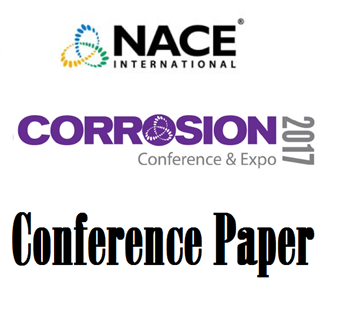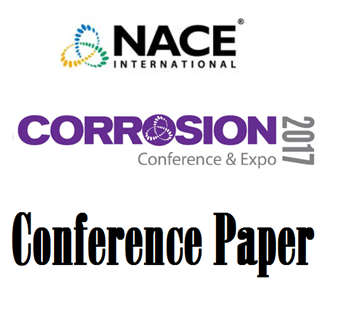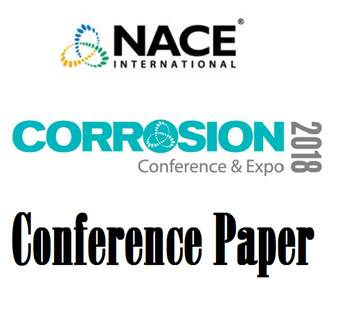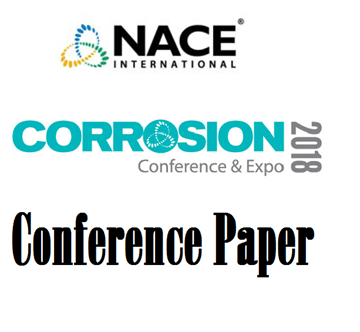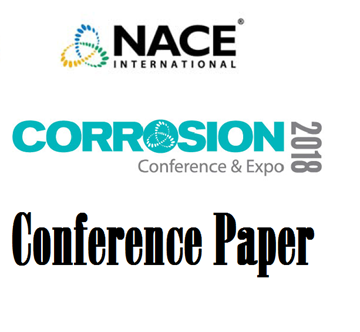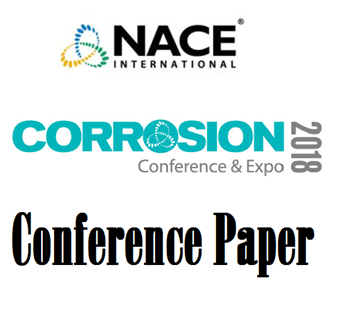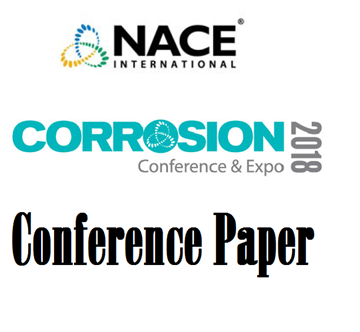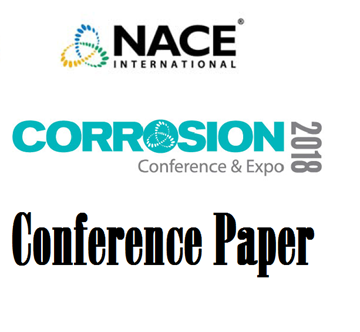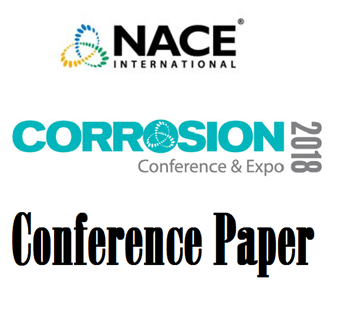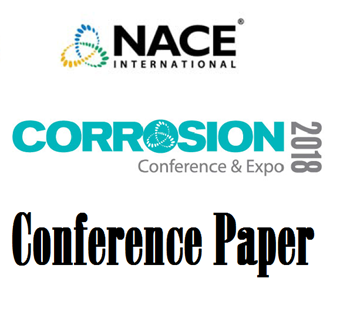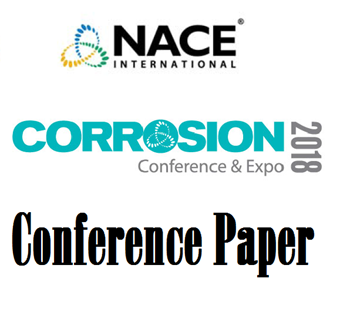Search
Energy Generation
View as
Sort by
Display
per page
51317--9796-Alignment of Reject/Ranking Criteria With Mitigation Methods and its Impact on O&M Funds
Product Number:
51317--9796-SG
ISBN:
9796 2017 CP
Publication Date:
2017
$20.00
51317--9809-The Influence of Scale Formation on the AC Corrosion of API Grade X65 Pipeline Steel Under Cathodic Protection
Product Number:
51317--9809-SG
ISBN:
9809 2017 CP
Publication Date:
2017
$20.00
51318-10516-Properties of Brines formed by Deliquescence of Sea-Salt Aerosols
Product Number:
51318-10516-SG
Publication Date:
2018
$20.00
51318-10530-The Nuclear Energy Agency Contribution to Nuclear Materials Performance Knowledge Preservation
Product Number:
51318-10530-SG
Publication Date:
2018
$20.00
51318-10708-Polyaniline/Silicon Dioxide Containing Coating for Use in Artificial Geothermal Brines
Product Number:
51318-10708-SG
Publication Date:
2018
$20.00
51318-10898- Comparison of AC Mitigation Grounding Materials Through Electrochemical Analysis
Product Number:
51318-10898-SG
Publication Date:
2018
$20.00
51318-10911-Field Examination of AC Accelerated Corrosion Featured in Monitored Locations
Product Number:
51318-10911-SG
Publication Date:
2018
$20.00
51318-10953-SCC Study of Carbon Steel Welds Exposed to Concrete Pore Water Under Anoxic Conditions
Product Number:
51318-10953-SG
Publication Date:
2018
$20.00
51318-11003- Nuclear Power Balance of Plant Corrosion Management Strategic Perspectives
Product Number:
51318-11003-SG
Publication Date:
2018
$20.00
51318-11004-Frequency dependence in AC Harmonic Interference to Pipelines
Product Number:
51318-11004-SG
Publication Date:
2018
$20.00
51318-11005-Evaluation and Repair of Natural Draft Cooling Towers
Product Number:
51318-11005-SG
Publication Date:
2018
$20.00
51318-11016-The Passive Film Evolution of Carbon Steel in Hanford Waste Simulants
Product Number:
51318-11016-SG
Publication Date:
2018
$20.00

